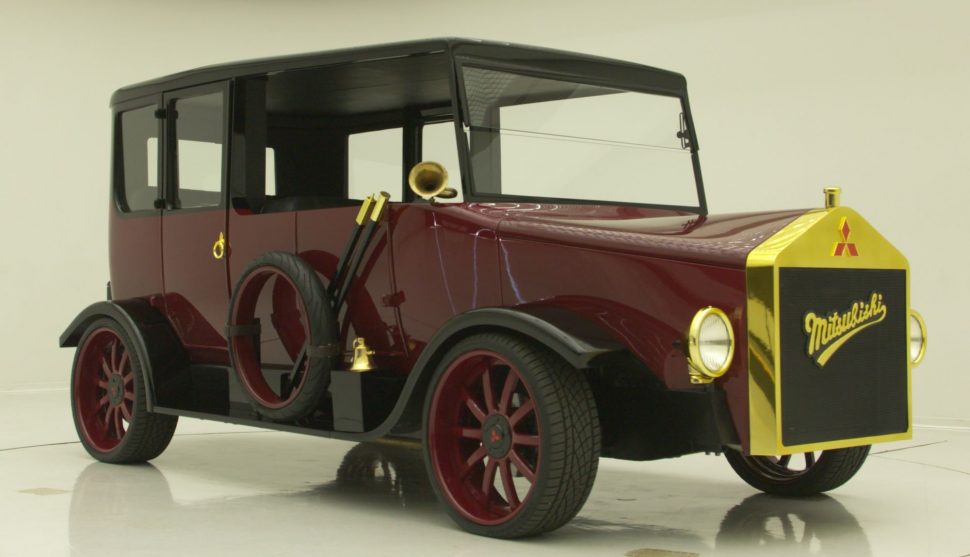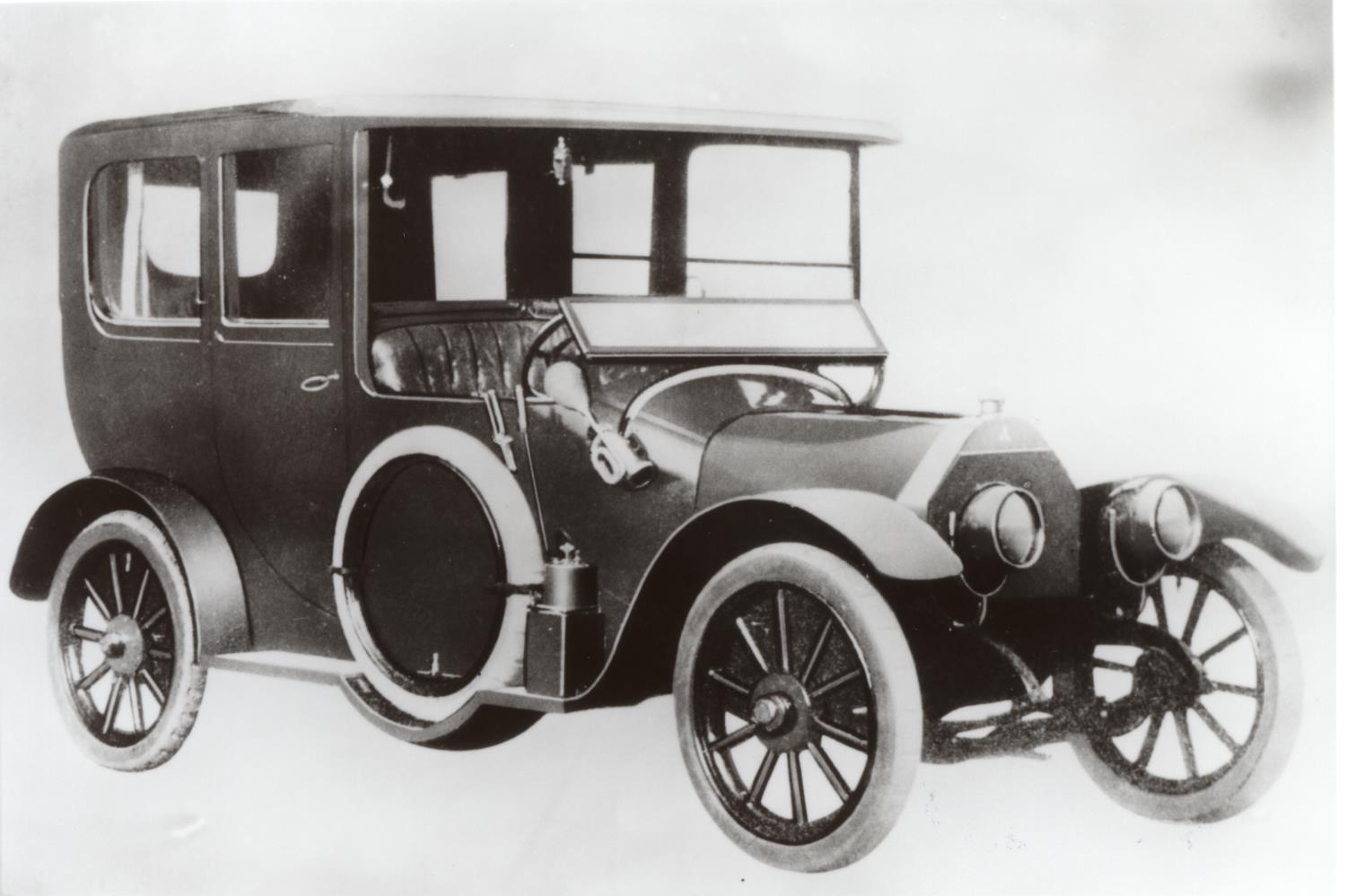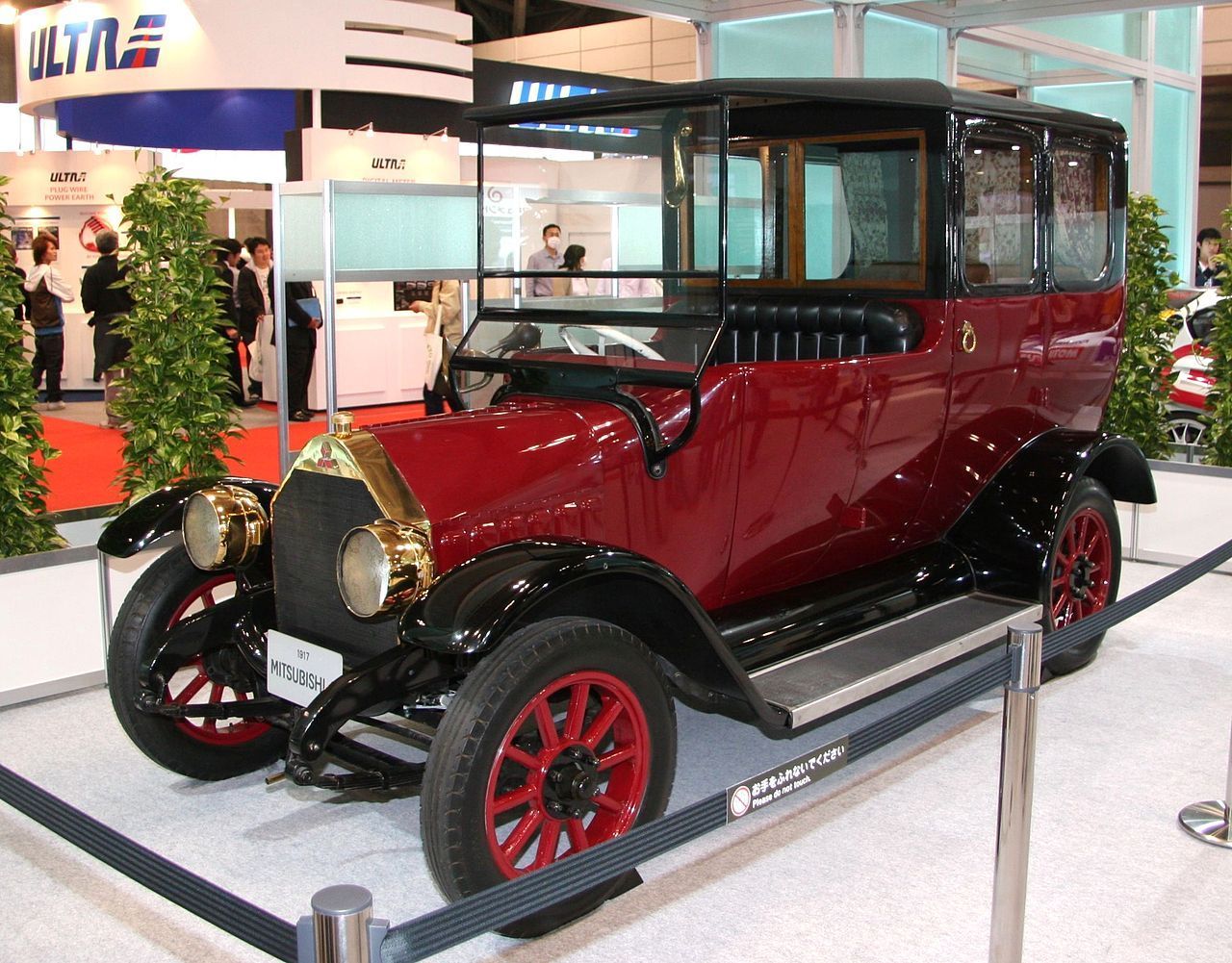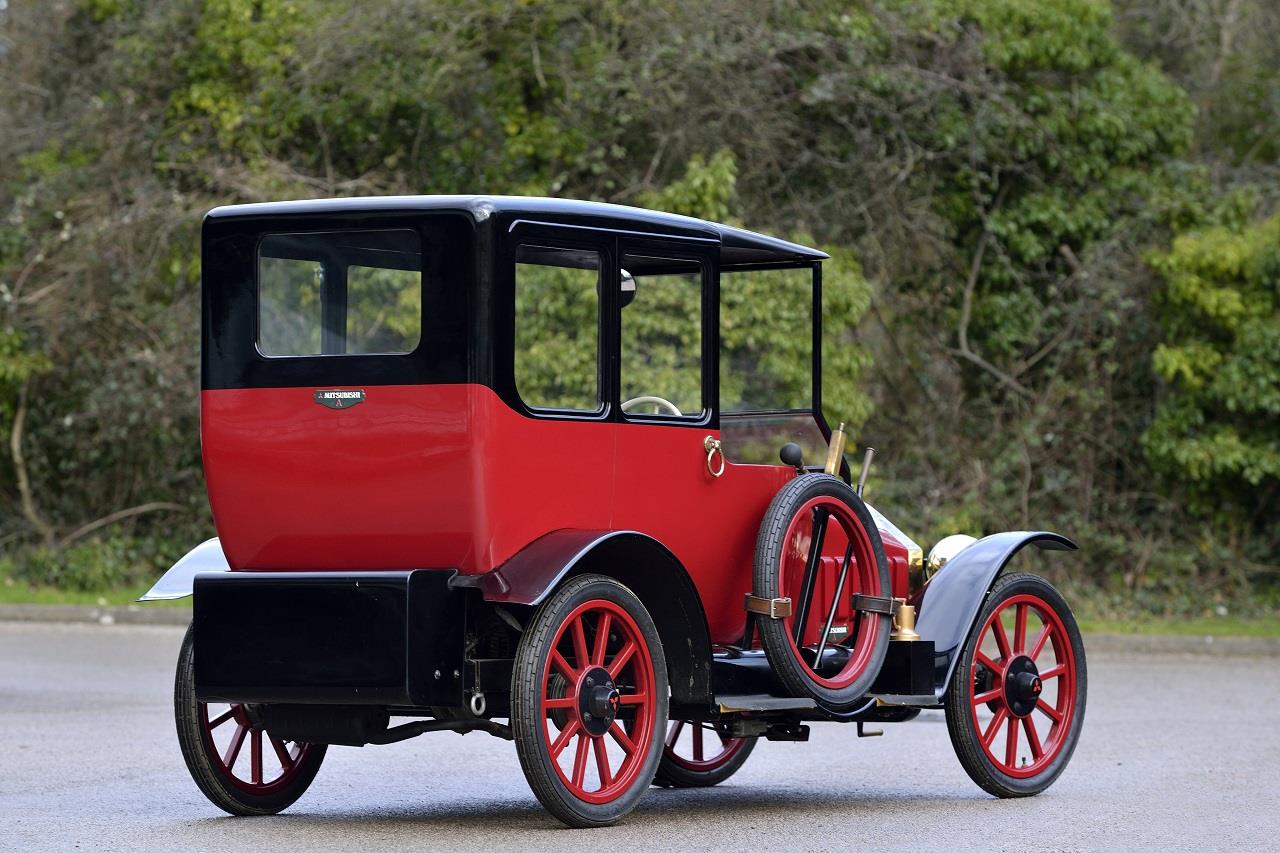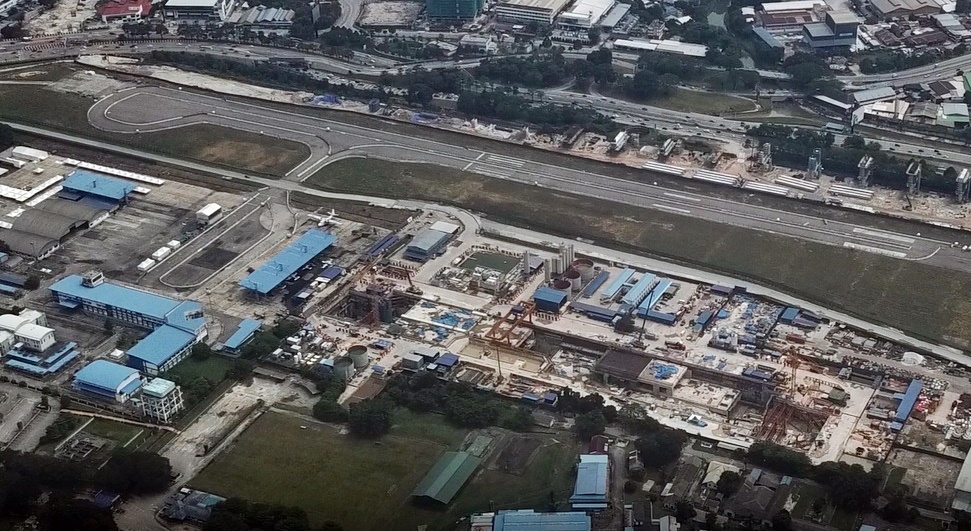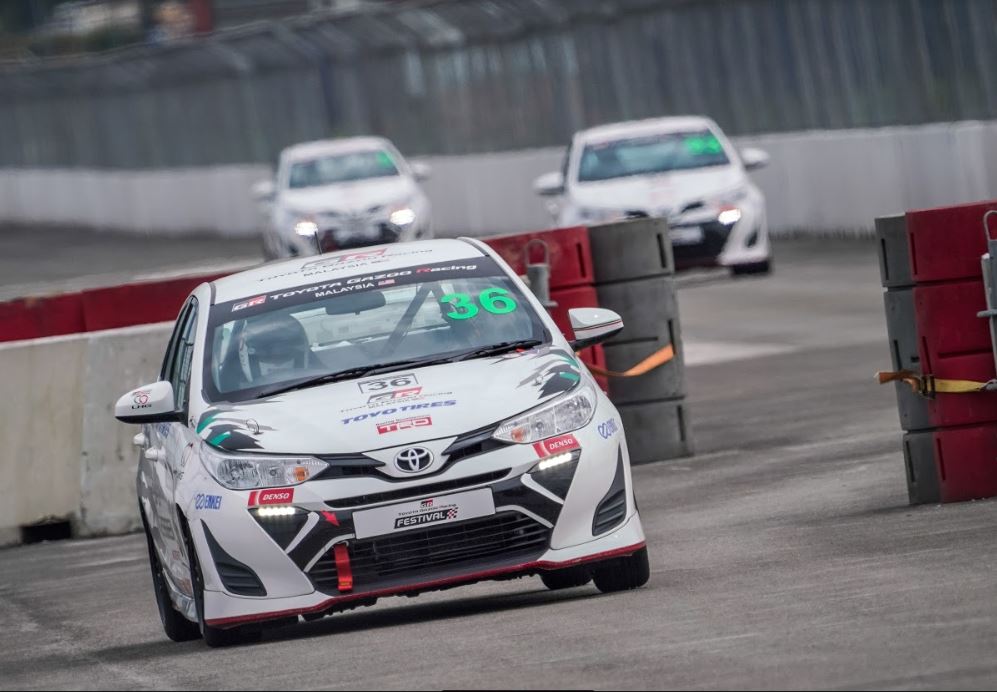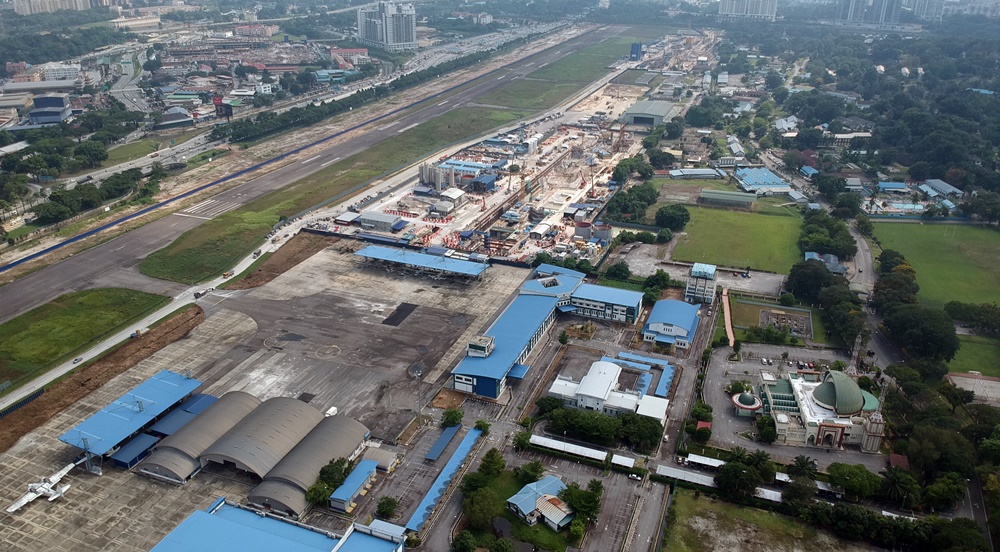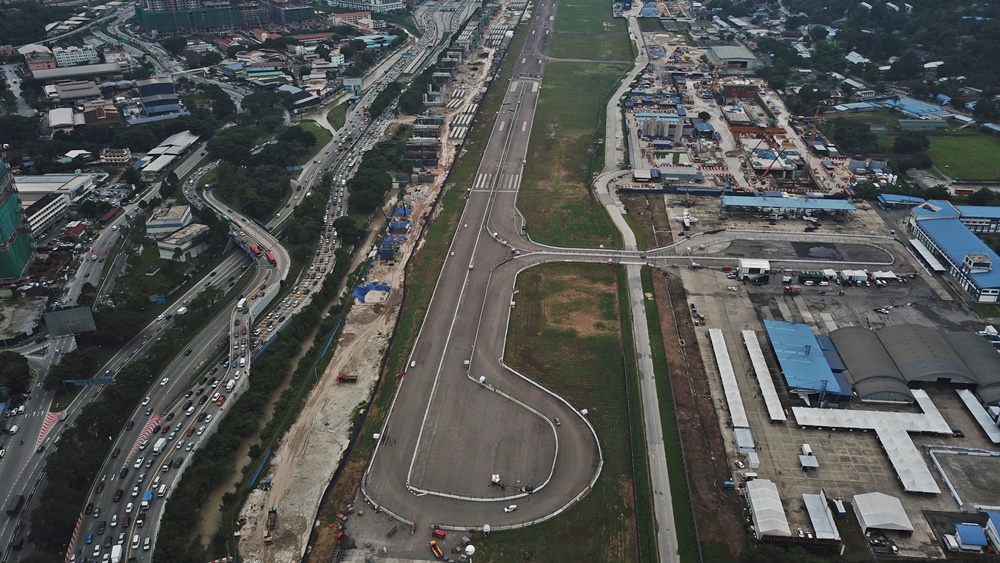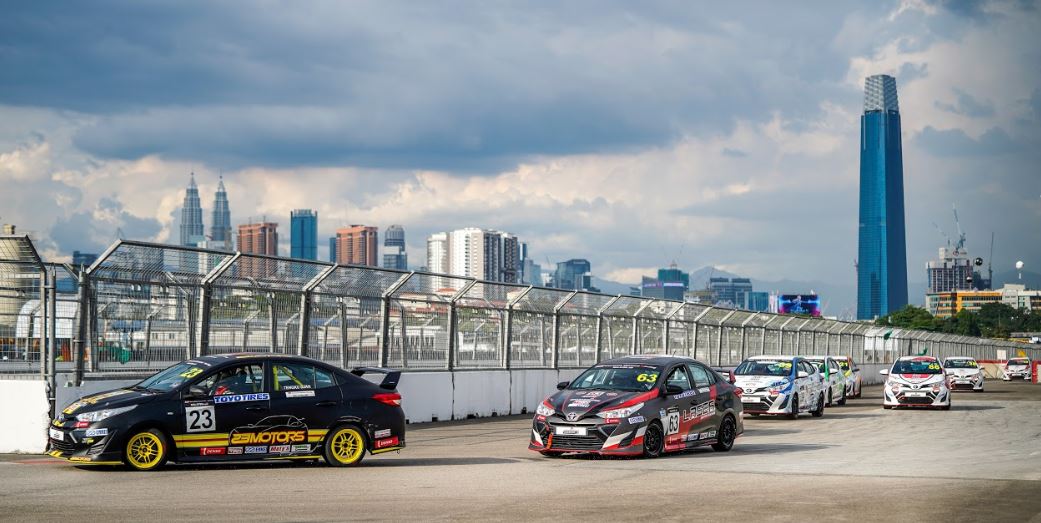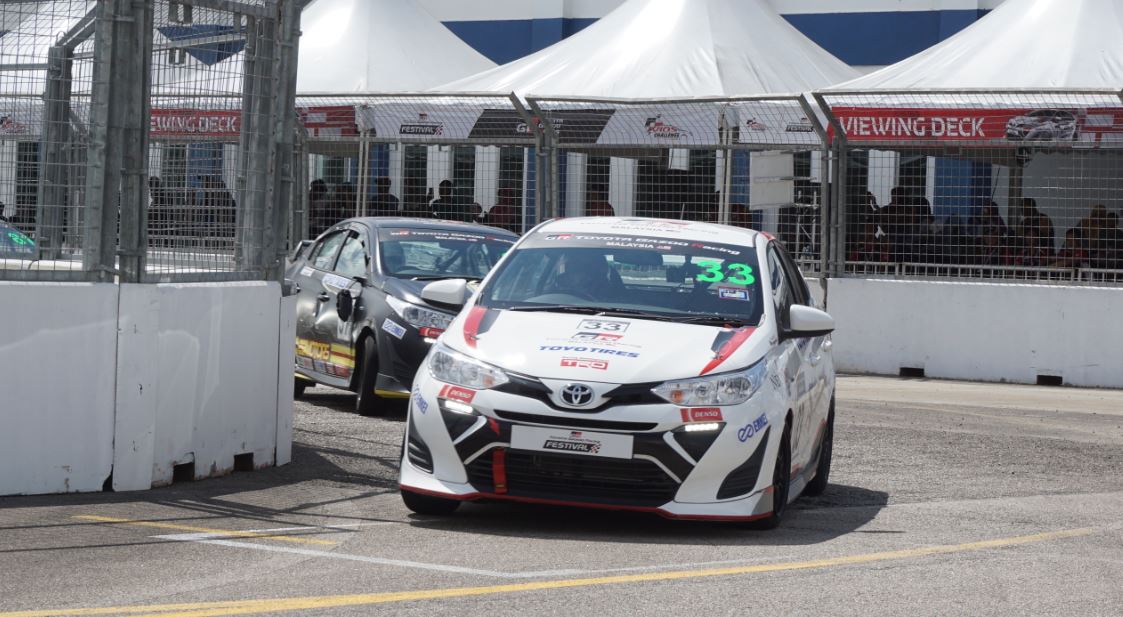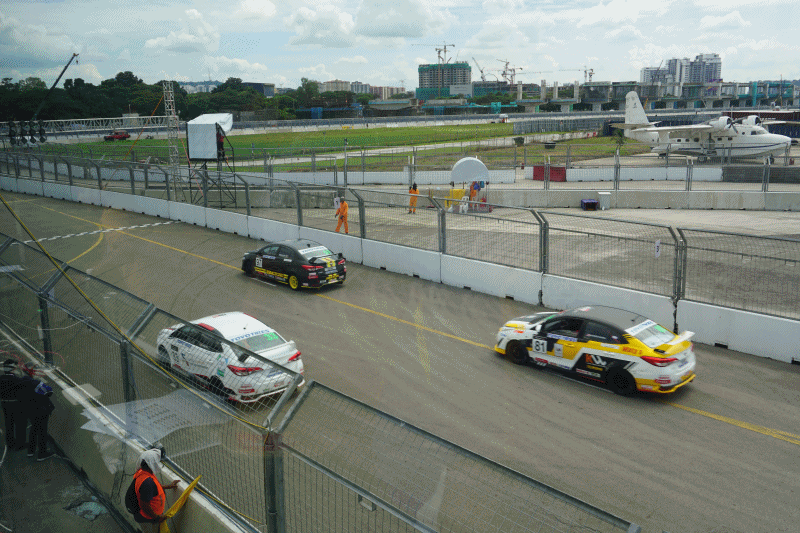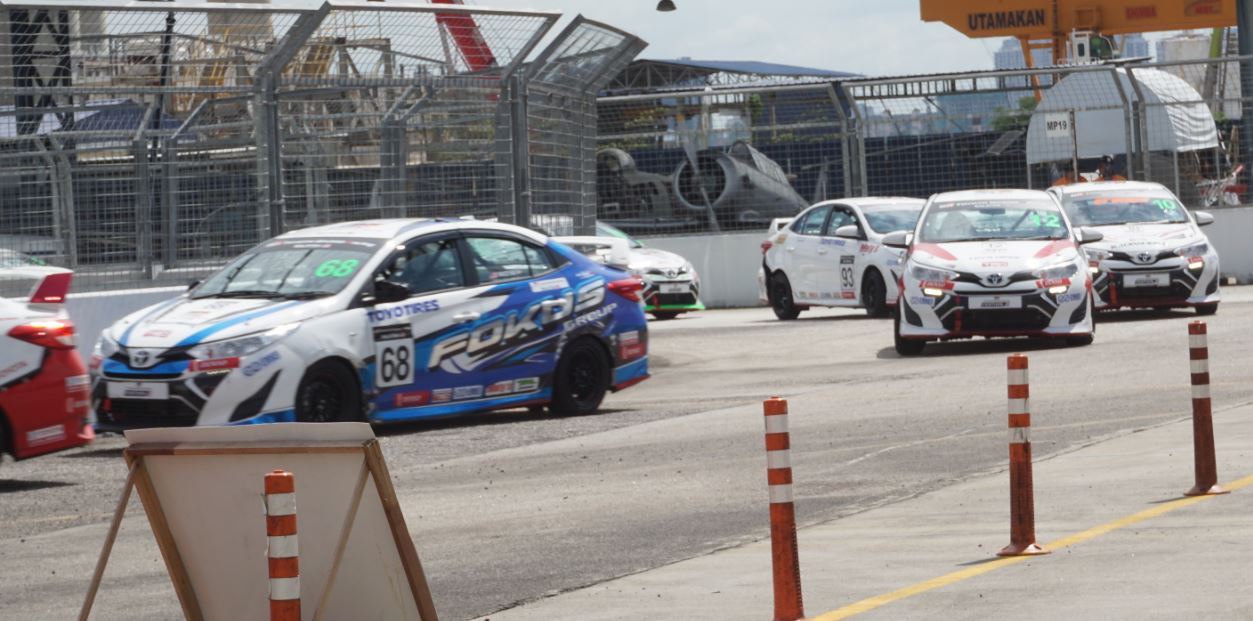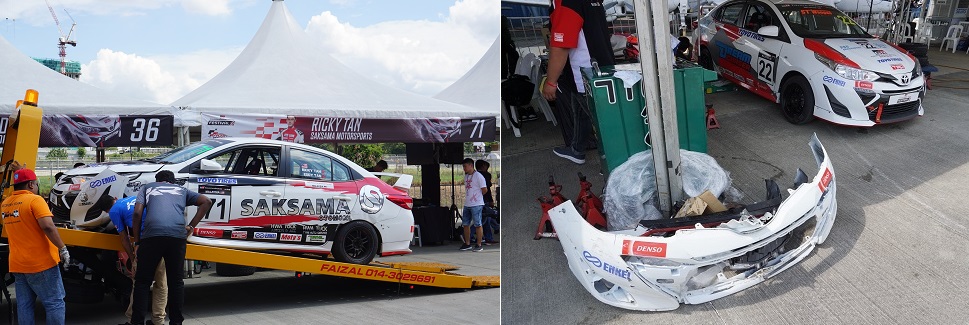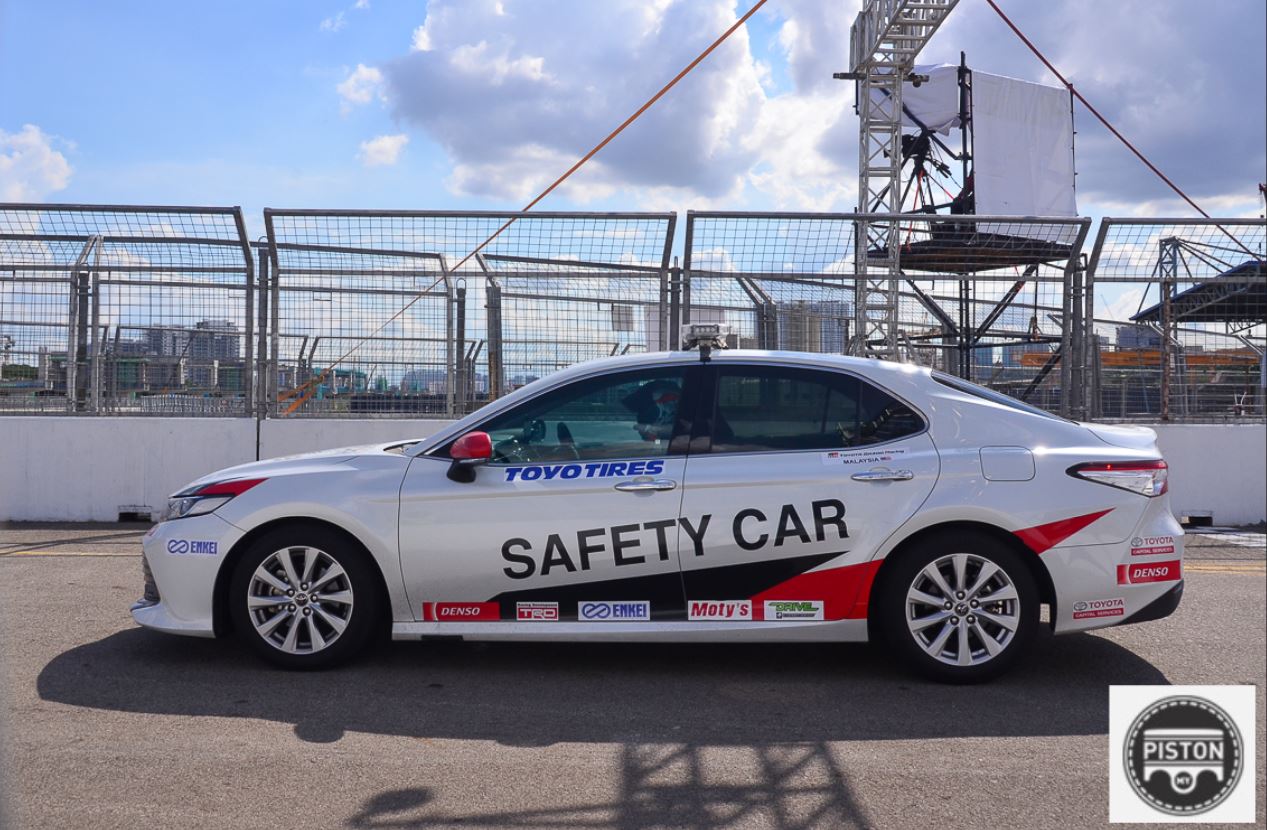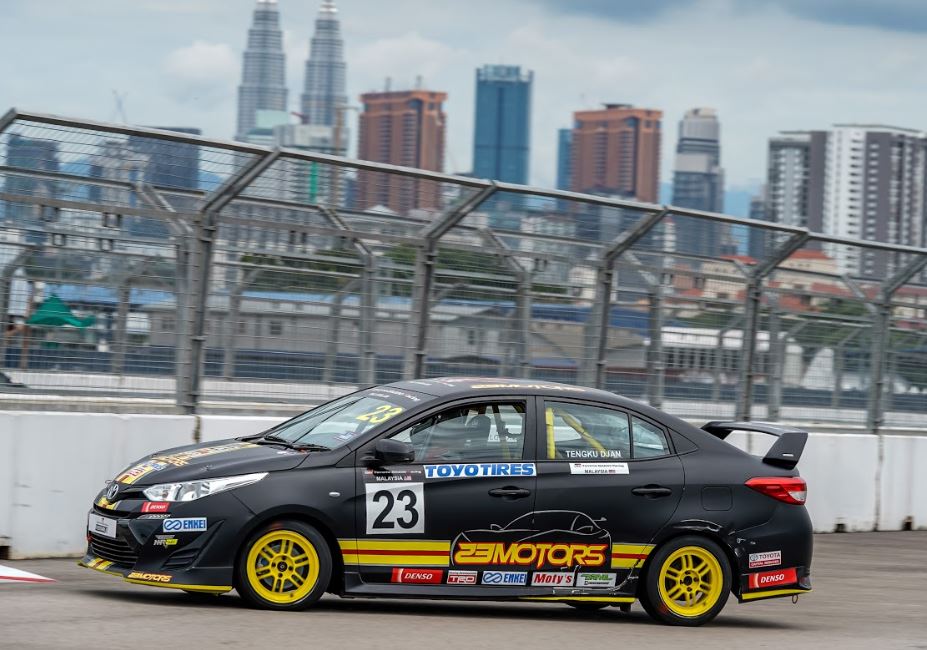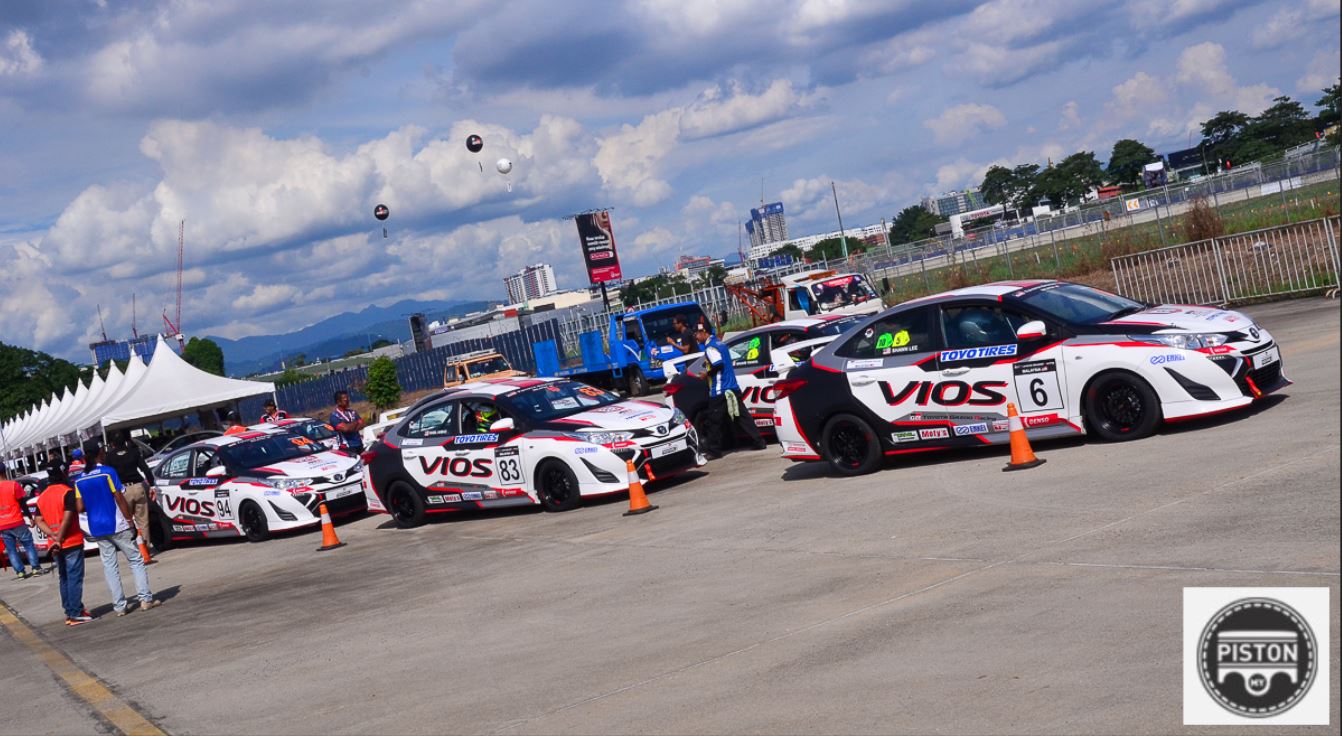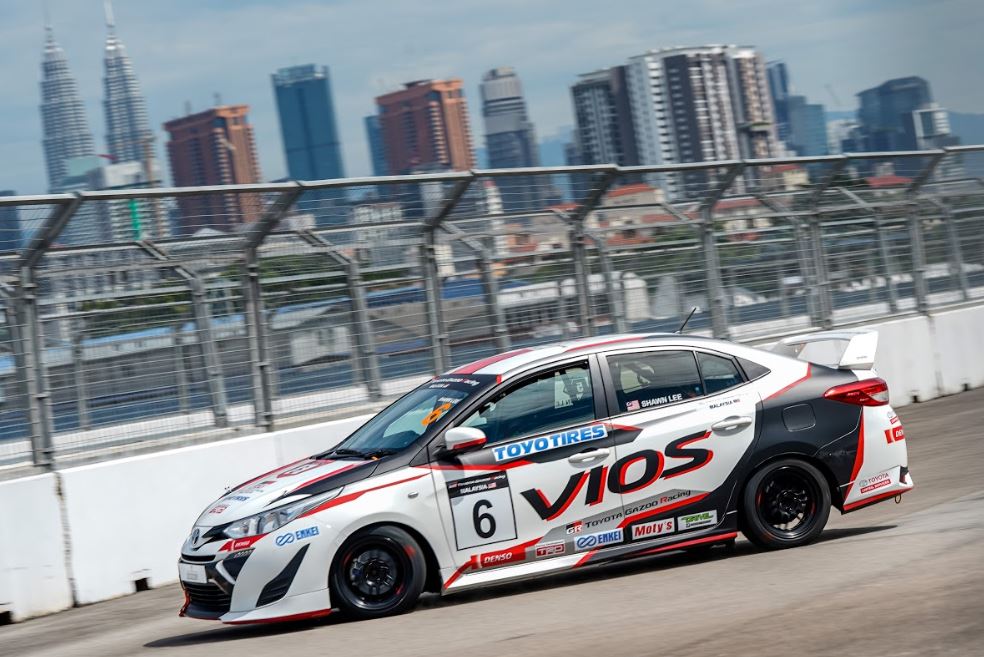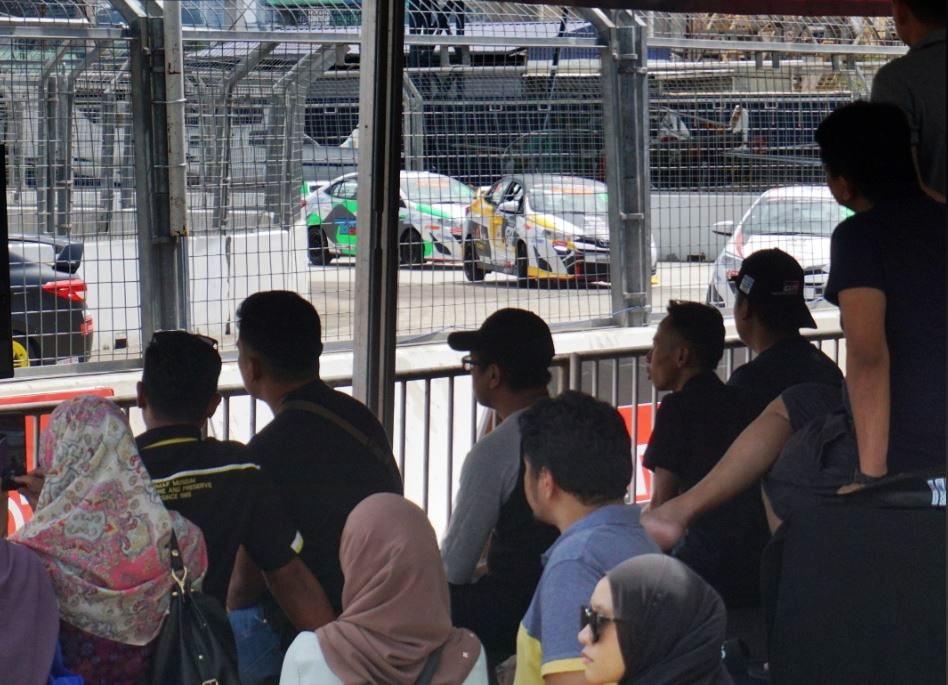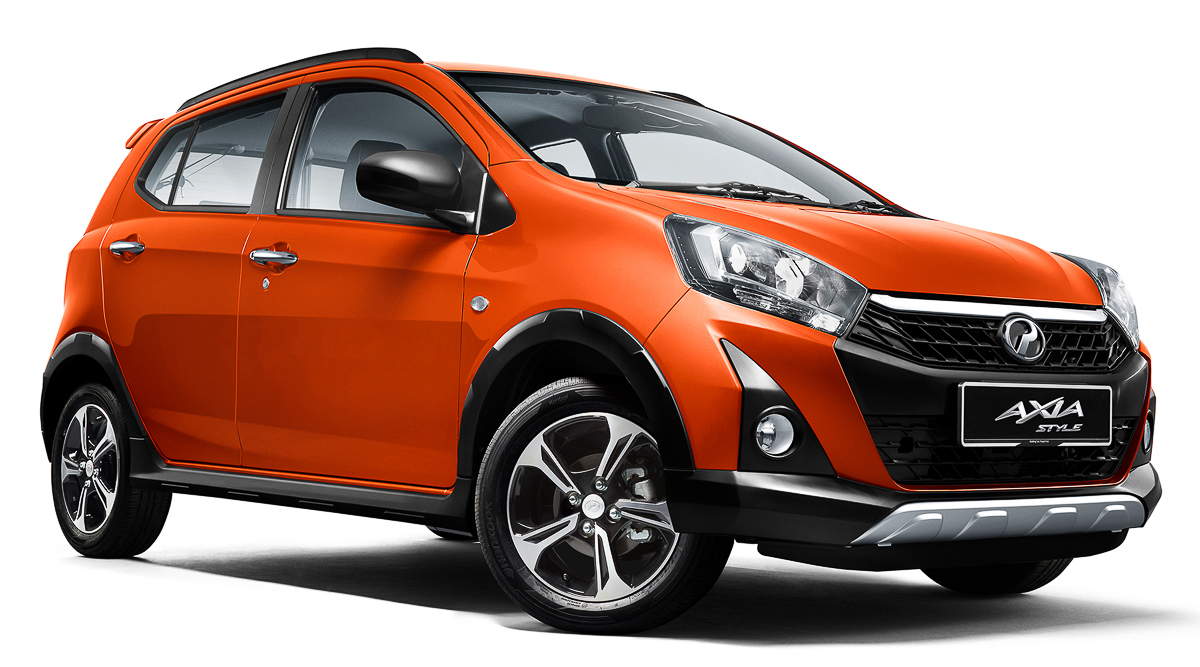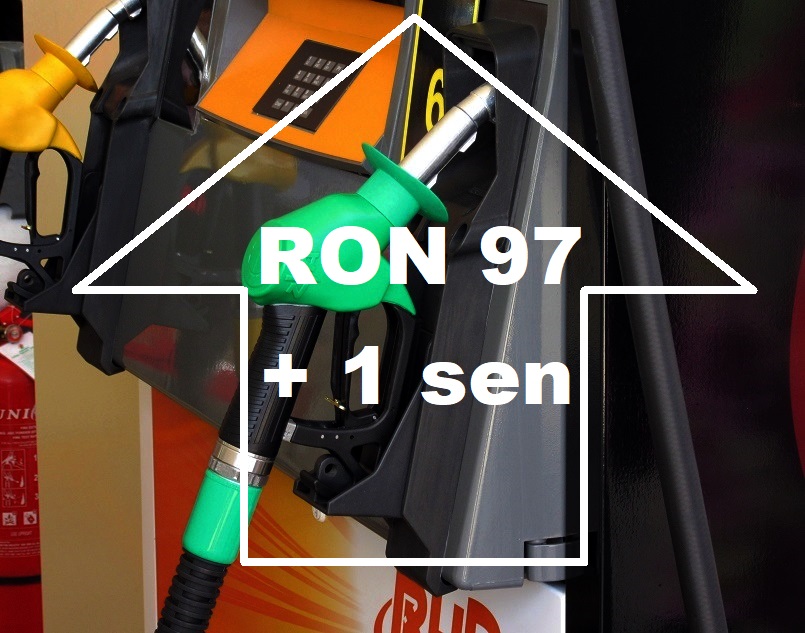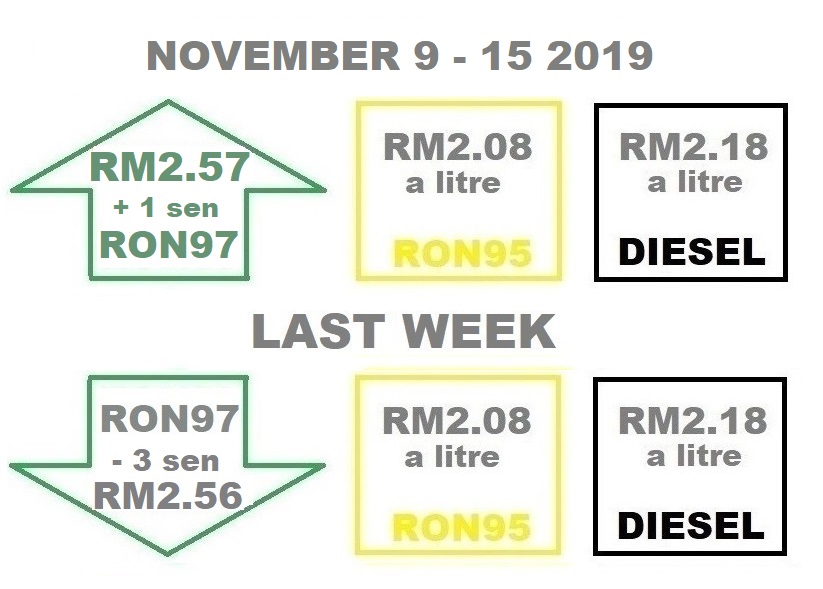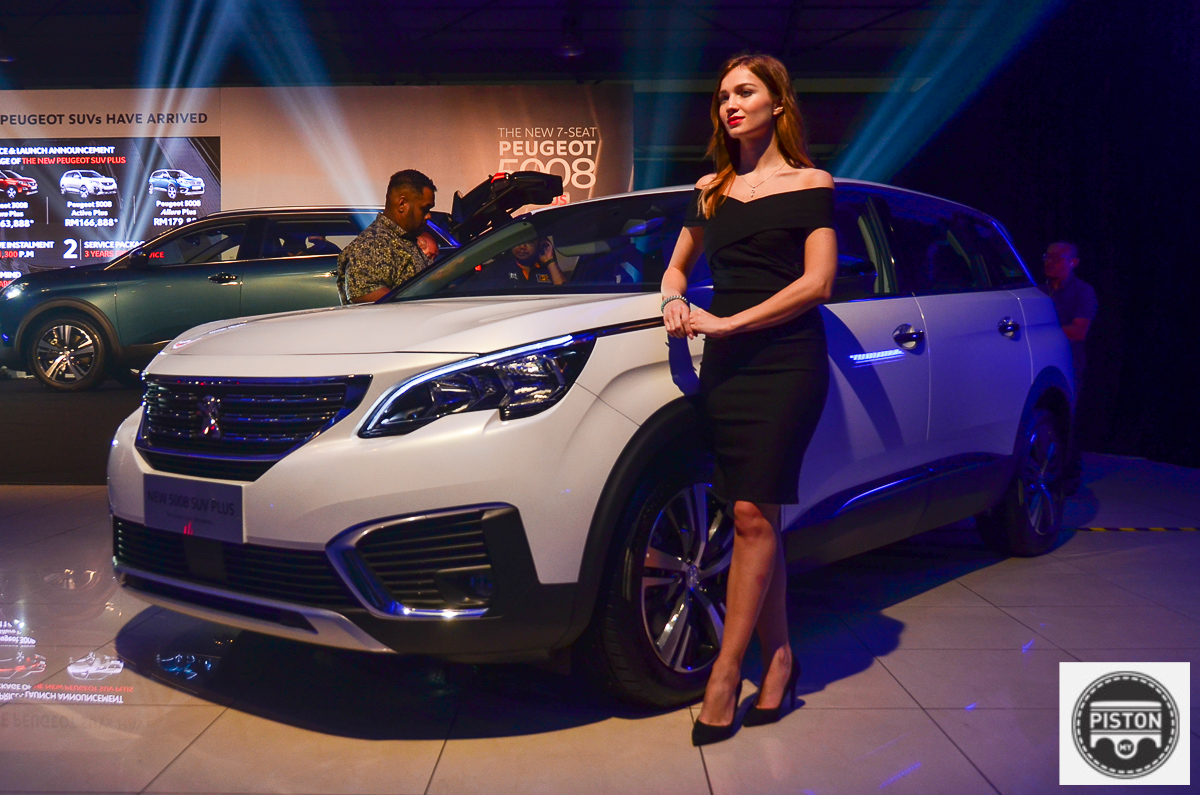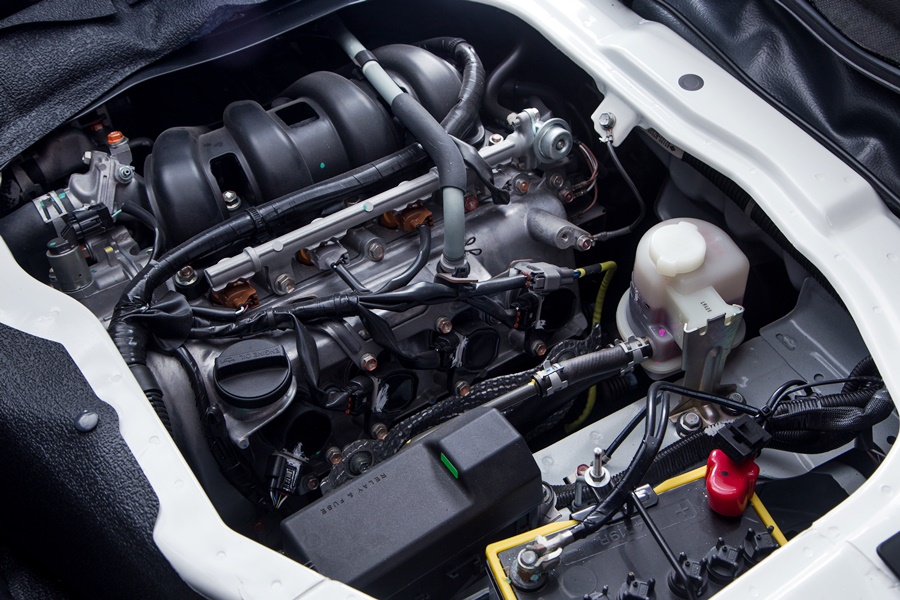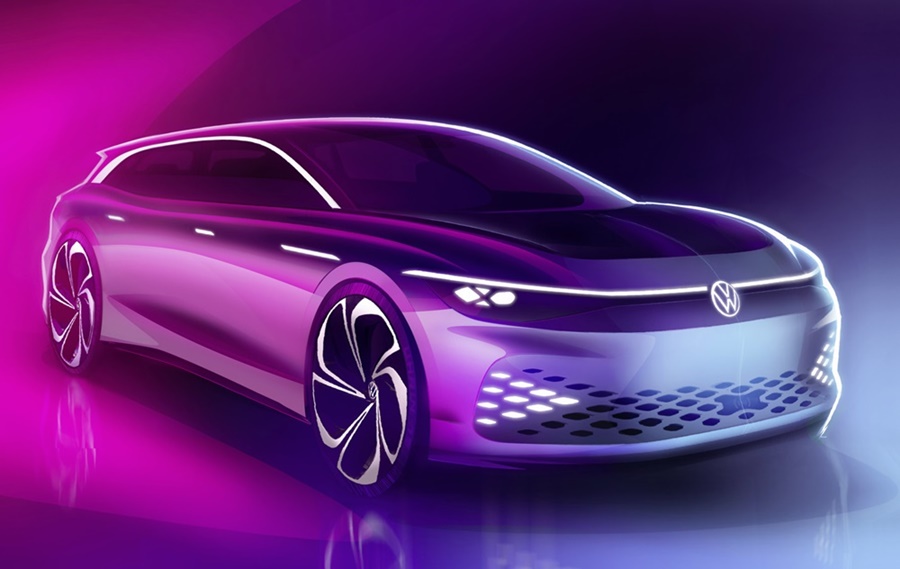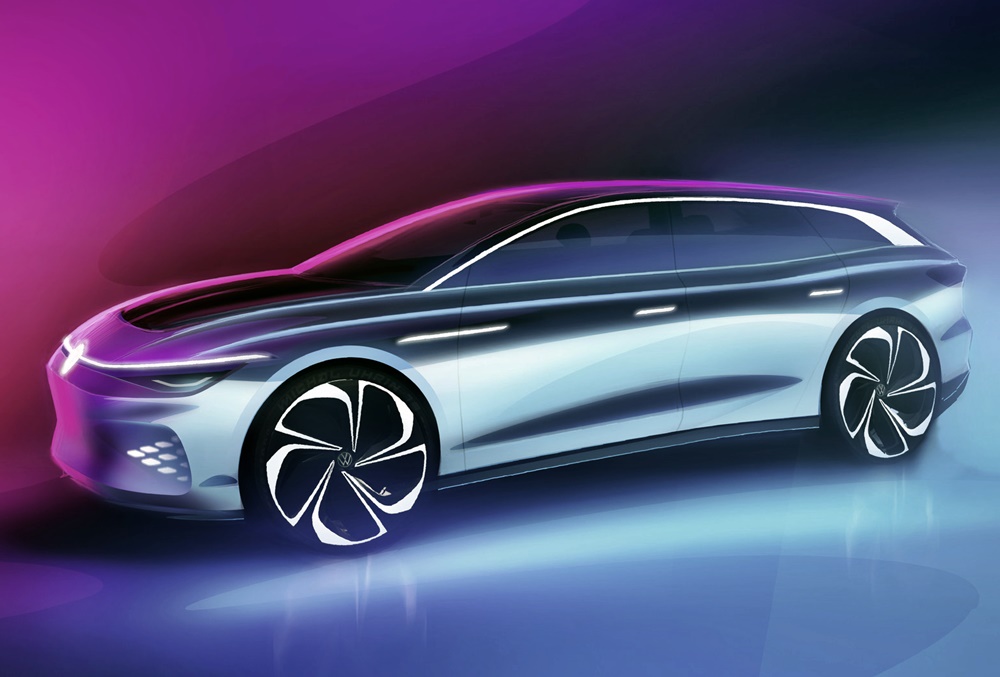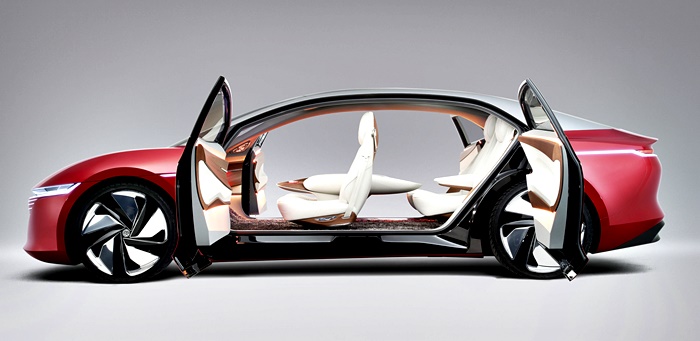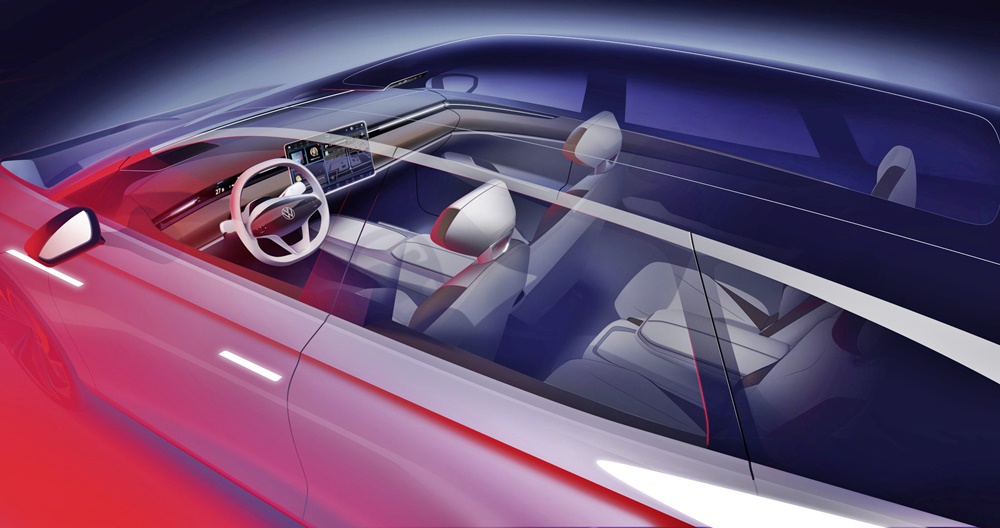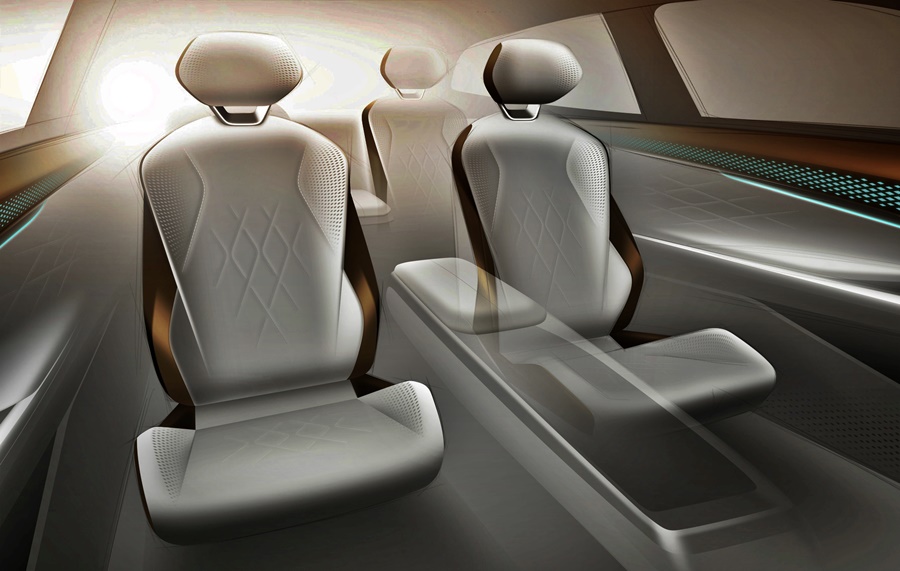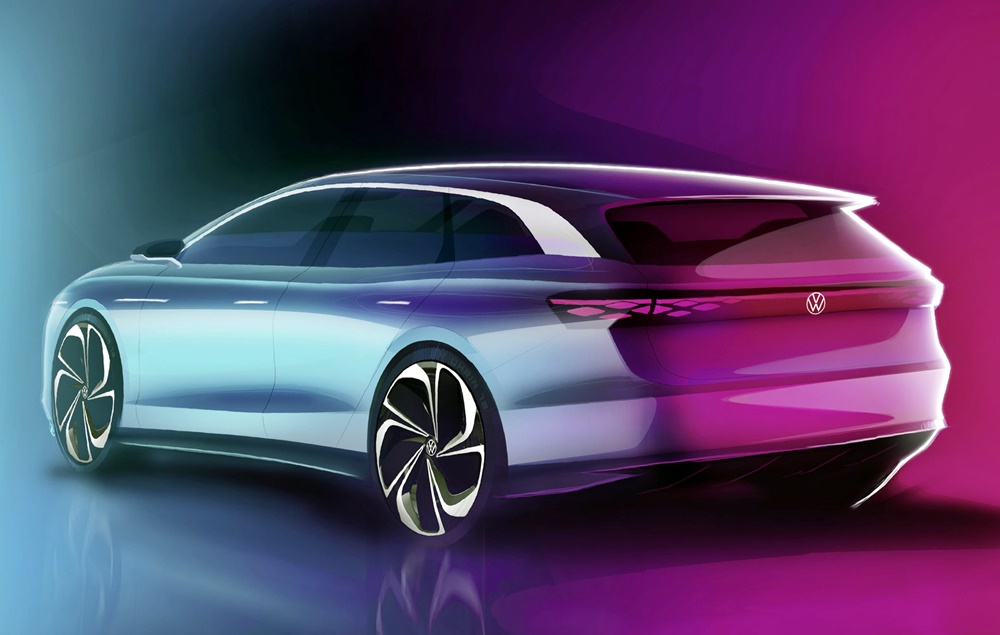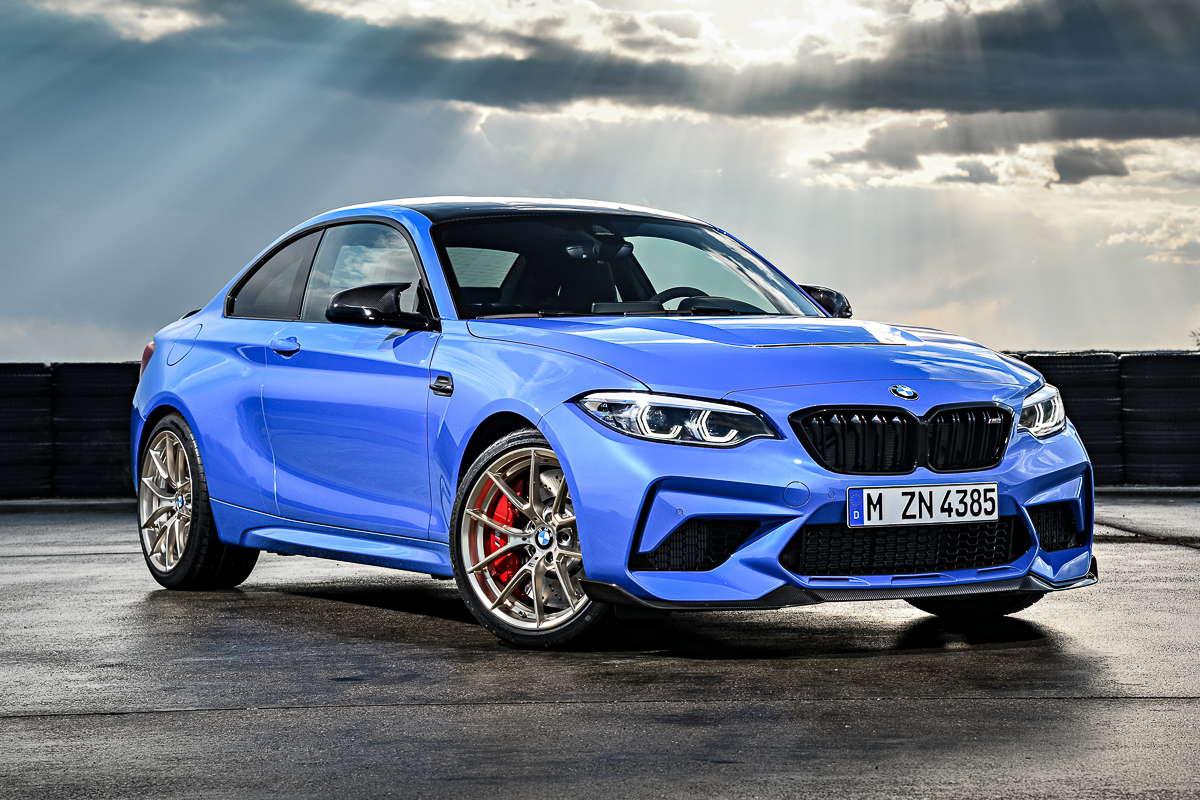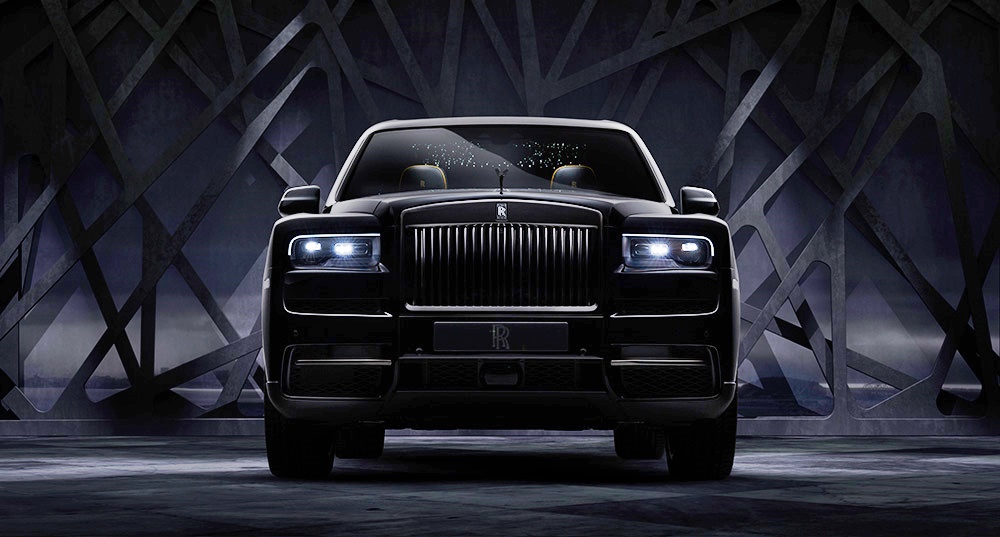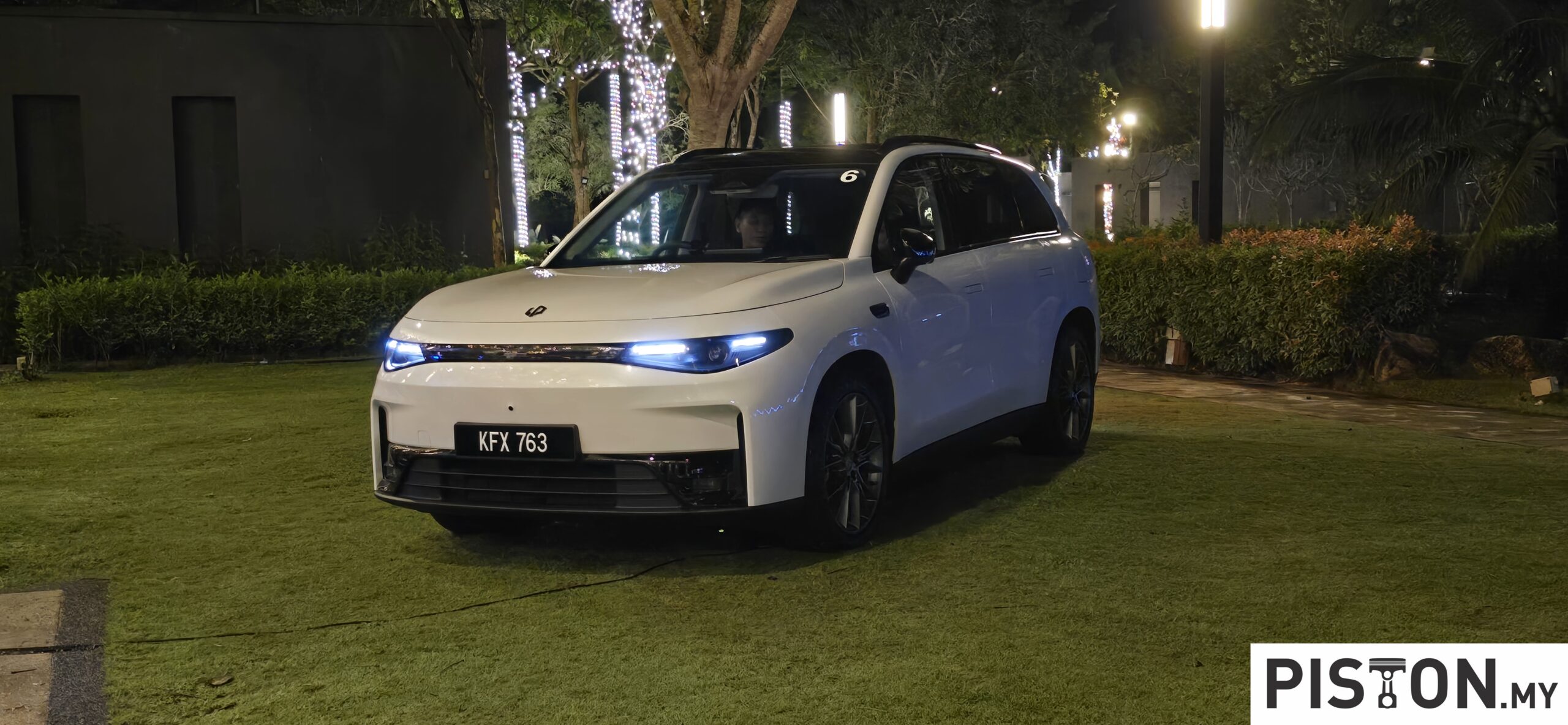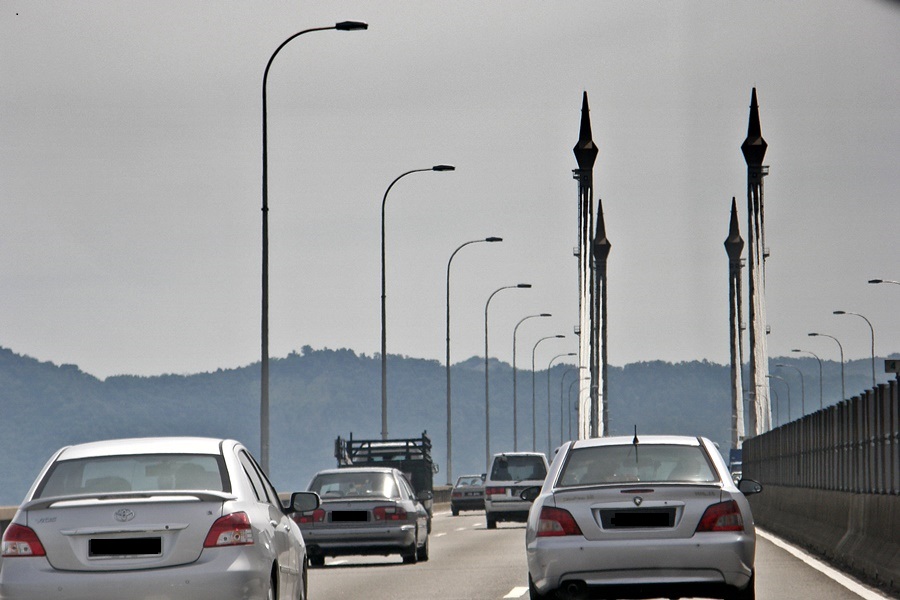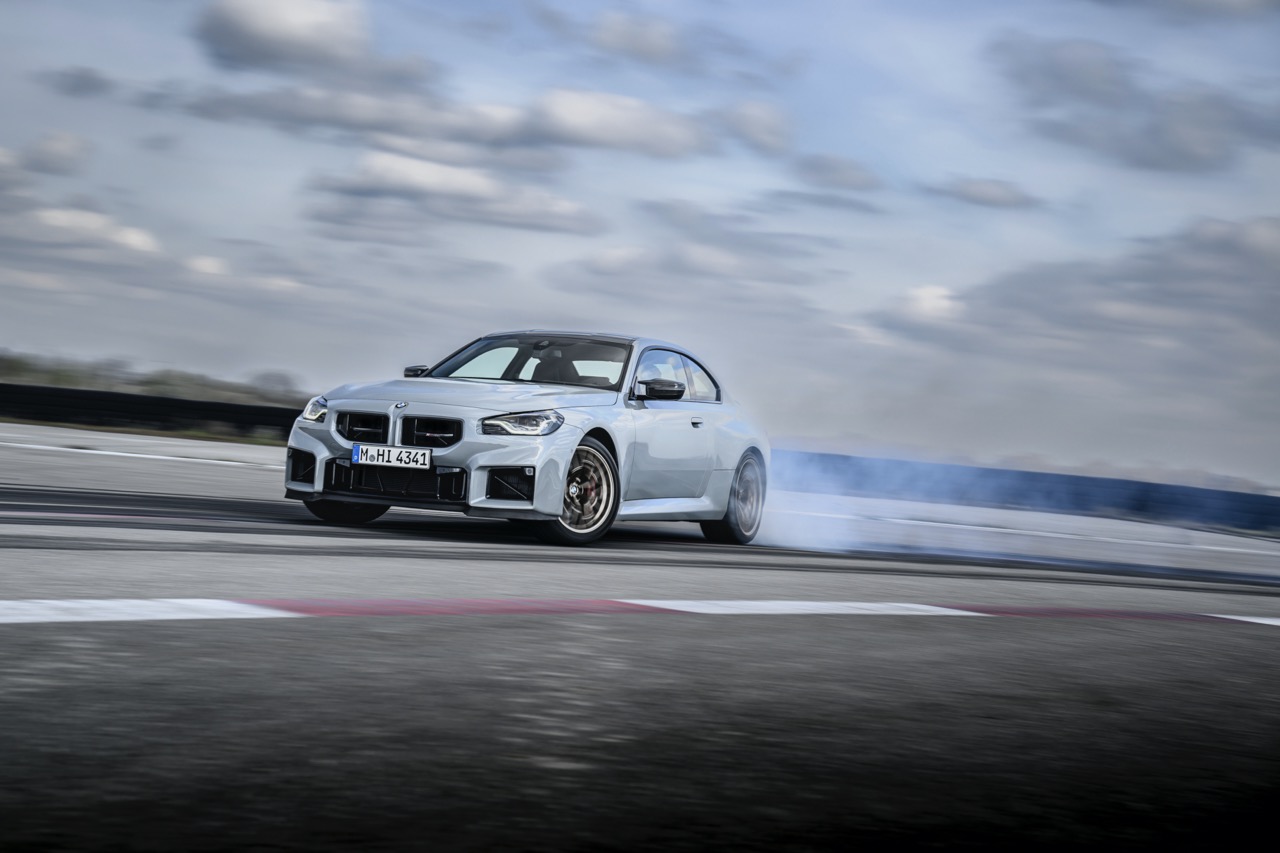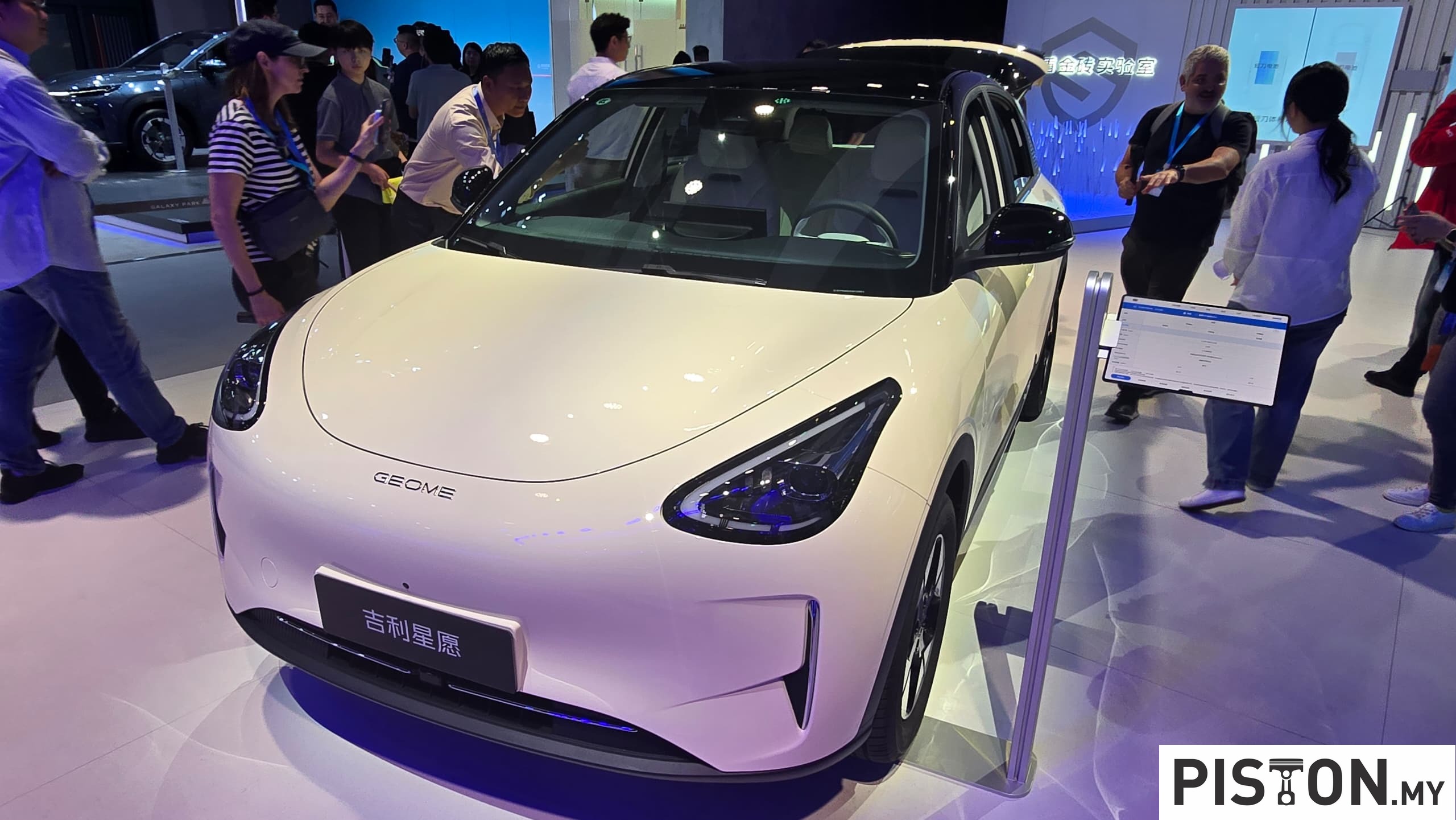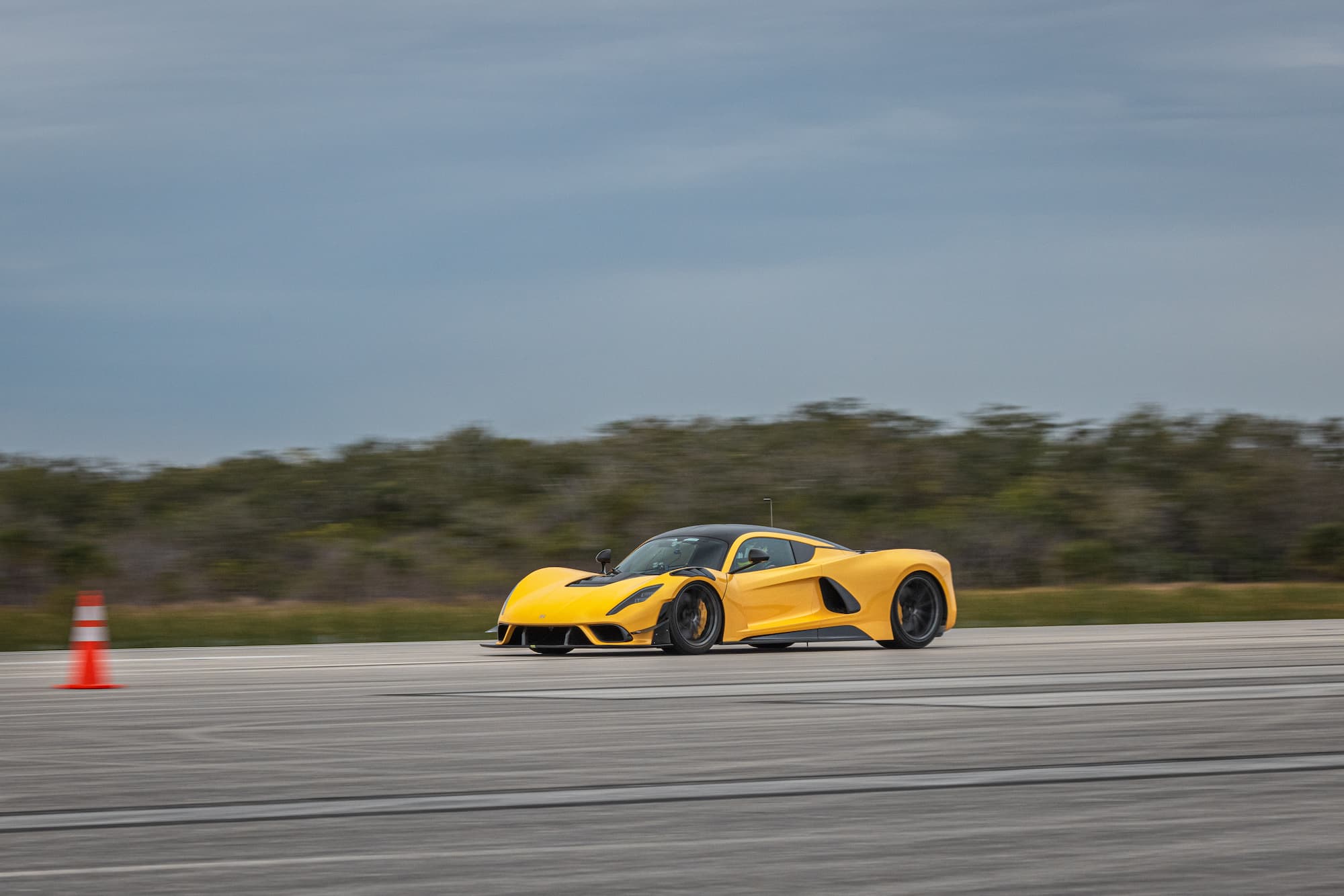At the Geneva Motor Show in March 2016, Rolls-Royce Motor Cars presented Black Badge; a permanent Bespoke family of motorcars that defined the taste patterns of an emerging generation of super-luxury consumer. These are products for those who refuse to be defined by traditional codes of luxury and yet find reassurance in Rolls-Royce’s fluency in their bold aesthetic and uncompromising lifestyle requirements.
This highly successful alter ego is codified by the mathematical symbol that represents a potential infinity, which is placed discreetly within the motor car’s interior. This marking, known also as the lemniscate, was applied to Sir Malcolm Campbell’s record-breaking Rolls-Royce-powered Blue Bird K3 hydroplane, denoting that it belonged to an insurance class reserved for boats with unlimited and therefore infinite engine power. Rolls-Royce Motor Cars selected this hallmark for Black Badge to reflect its own unrelenting pursuit of power.
Rolls-Royce debuted its Black Badge family with the Wraith and Ghost in 2016, followed by the Dawn in 2017. Today, the family is completed with the addition of the Black Badge Cullinan: the darkest and most urban statement of Black Badge yet.
“Black Badge reflects the desires of a distinct group of Rolls-Royce clients: men and women who take risks, break rules and build success on their own terms.”
Torsten Müller-Ötvös, Chief Executive Officer, Rolls-Royce Motor Cars
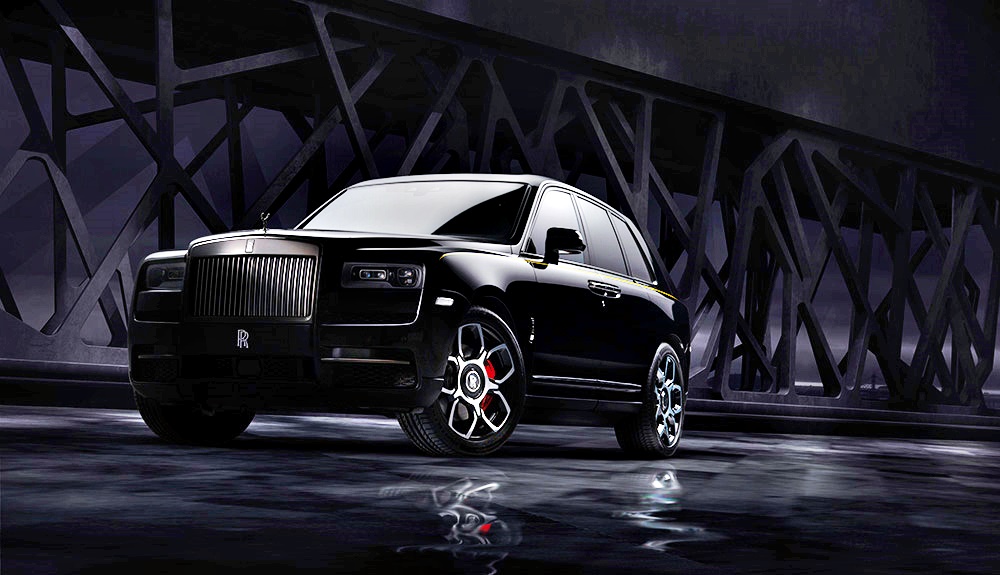
The Cullinan Goes Black
The Cullinan is an ideal model for the Black Badge as it appeals to the younger, more adventurous clientele of Rolls-Royce. The Rolls-Royce of SUVs did much to reach a new group of clients looking for enriching experiences. Yet, within this group exists a subset of individuals who seek to subvert the motorcar’s domineering presence by permanently cloaking it in the night.
While clients can draw on the marque’s 44,000 ‘ready to wear’ paint options or commission an entirely individual Bespoke hue, it is anticipated that many will opt for Black Badge’s signature Black. Multiple layers of paint and lacquer are meticulously applied and hand-polished 10 times, representing the most comprehensive surface finish process ever applied to a solid paint colour. The depth and intensity of Black Badge Cullinan’s coachwork serves as the perfect canvas upon which to throw a contrasting hand-painted Coachline into stark relief.
On the prow of the car lies the defining expression of the Black Badge. The Spirit of Ecstasy mascot, which has taken many forms throughout the marque’s history, is presented in high gloss black chrome. For the first time, this finish extends onto its mounting plate, creating the darkest Black Badge yet.
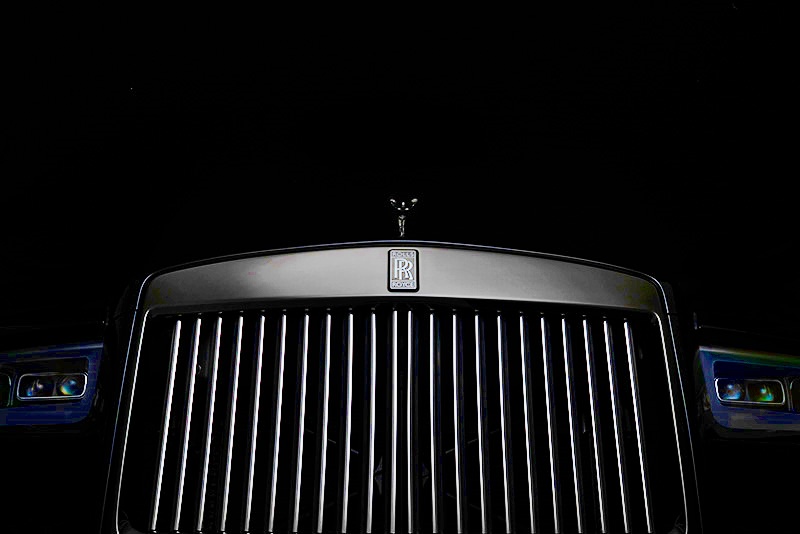
This transformation pervades the other symbols of Black Badge. The ‘Double R’ badge on the front, flanks and aft invert to become silver-on-black, while chrome surfaces such as the front grille surround, side frame finishers, boot handle, boot trim, lower air inlet finisher and exhaust pipes are darkened. While they appear black, the vertical grille bars remain polished, reflecting the blackened surfaces that surround them to add a frisson of movement that hints at the car’s dynamic intent.
The overall effect artfully simplifies and enlarges the motor car’s exterior design graphics, emphasising its imposing proportions and confident stance. This is further dramatized by all-new 22-inch forged alloy wheels, reserved exclusively for the Black Badge Cullinan. Designed in the Black Badge house style, the gear-like graphic emphasises the model’s vast reserves of power while also recalling an infinitely occurring lemniscate.
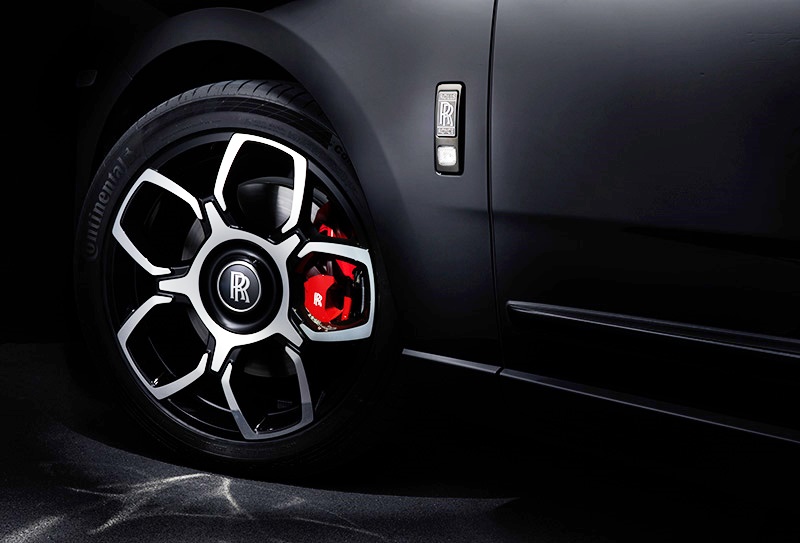
The gloss black and polished design also creates the perfect stage for the marque’s first ever coloured brake caliper. The high gloss Red paint has been specifically developed to withstand the rigours of elevated temperatures generated by the motor car’s uprated braking system while still offering a perfectly smooth finish befitting of Rolls-Royce.
Superlative comfort, audacious interior design
Ordinarily, great efforts are expelled to distance occupants from a Rolls-Royce’s mechanical function. However, the marque’s Colour and Trim experts gently sensationalised the engineering substance of the Black Badge, seamlessly blending superlative comfort, bold aesthetics, advanced materials and precise, meticulous craftsmanship.
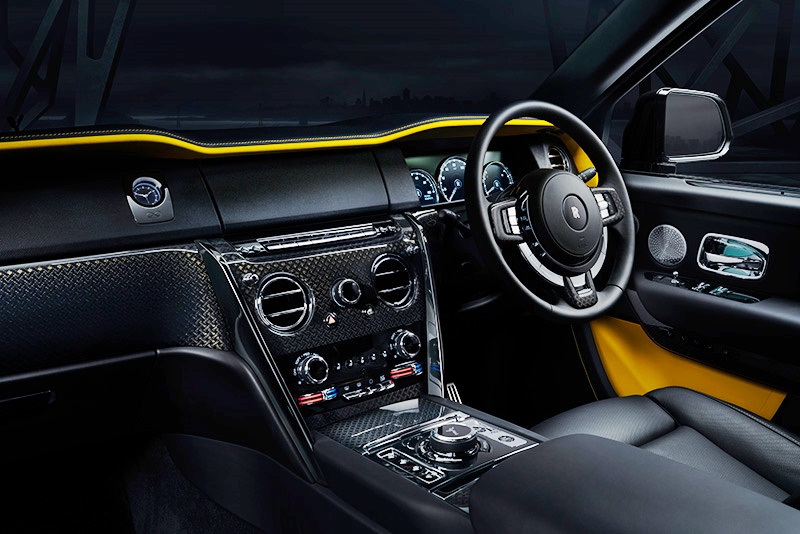
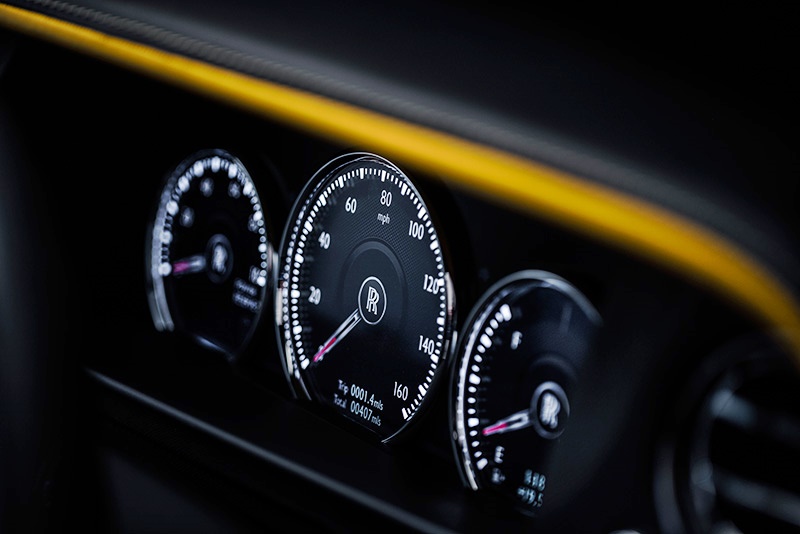
This ethos is perfectly embodied by the Black Badge Cullinan’s Technical Carbon veneer. In the spirit of Sir Henry Royce’s founding philosophy, “When it does not exist, design it”, a collaboration between the marque’s designers, engineers and craftspeople saw the creation of a new luxury material. Inspired by masterpieces of urban architecture, a naked-weave carbonfibre finish has been developed to create highly accurate repeating geometrical shapes that produce a powerful three-dimensional effect.
Each leaf of Technical Carbon is finished with six coats of lacquer before being left to cure for 72 hours then hand-polished to Rolls-Royce’s hallmark mirror finish. This process takes 21 days and is only deemed complete once every piece is inspected by a craftsperson to ensure complete reflective uniformity across each of the 23 pieces within the car.
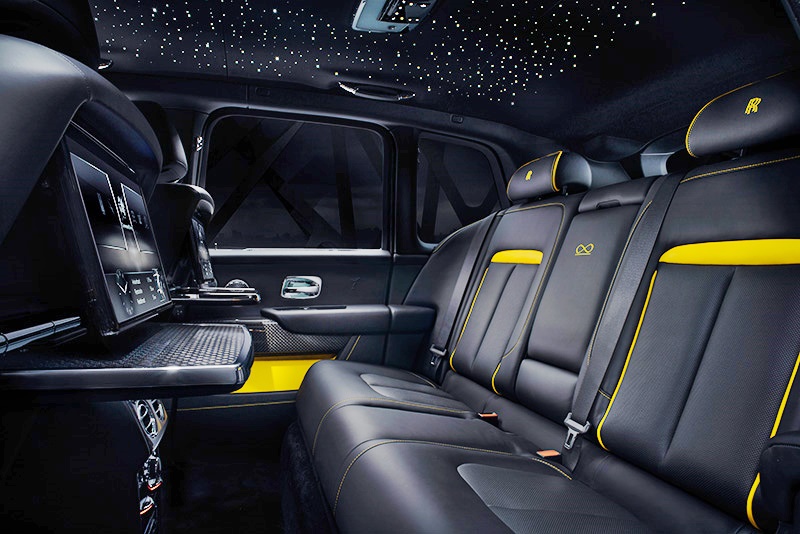
Starlight Headliner has joined historical Rolls-Royce iconography such as the Spirit of Ecstasy, Pantheon Grille and ‘Double R’ monogram. Its presence in Black Badge Cullinan intensifies the cabin’s ambience by casting a low light over the lavish leather seats. Presented in fine Black leather, handwoven with 1,344 fibreoptic lights, it is a true reflection of the sky at night and incorporates eight brilliant white shooting stars that dart at random predominantly over the front occupants, subtly acknowledging the motor car’s owner-driver appeal.
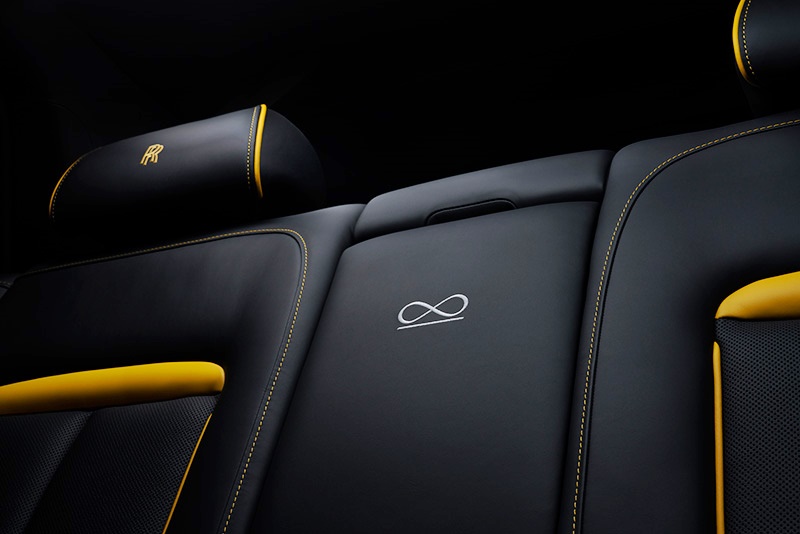
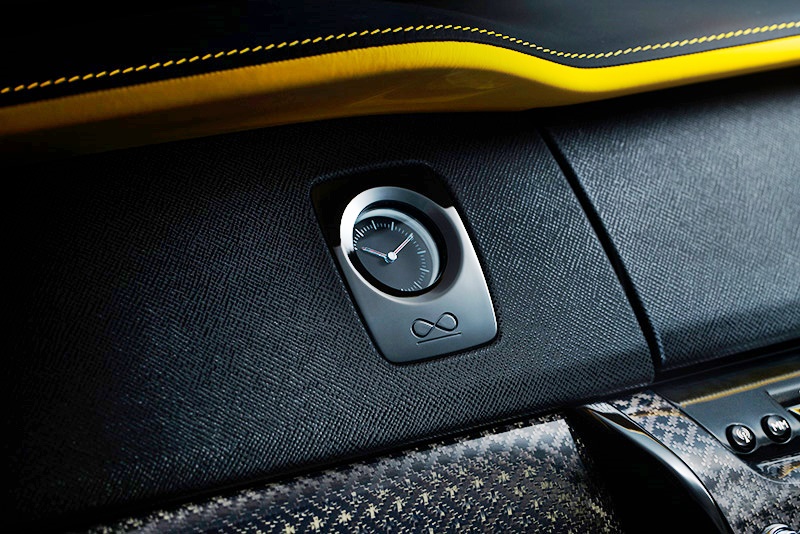
A final touch completes the interior seating: the Infinity lemniscate motif is embroidered into the fold-down rear armrest as an elegant reminder of the power contained within. This simple but potent symbol is also incorporated in the illuminated treadplates and engraved on the clock face, itself framed by brushed and darkened steel case bearing the name ‘Cullinan’. Red-tipped clock hands and instrument display needles also serve as a discreet reminder of the motor car’s dynamic prowess.
The Architecture of Luxury’s dark side
The Black Badge is far more than an aesthetic treatment. In creating this class of motor car, it was of vital importance for Rolls-Royce to conceive a meticulously considered dynamic personality that perfectly harmonised with the motor car’s remarkable visual identity. Indeed, the exceptionally high expectations of the marque’s clients defined a rigorous testing protocol lasting more than 3 years to ensure that the Black Badge Cullinan would be relevant to their needs.
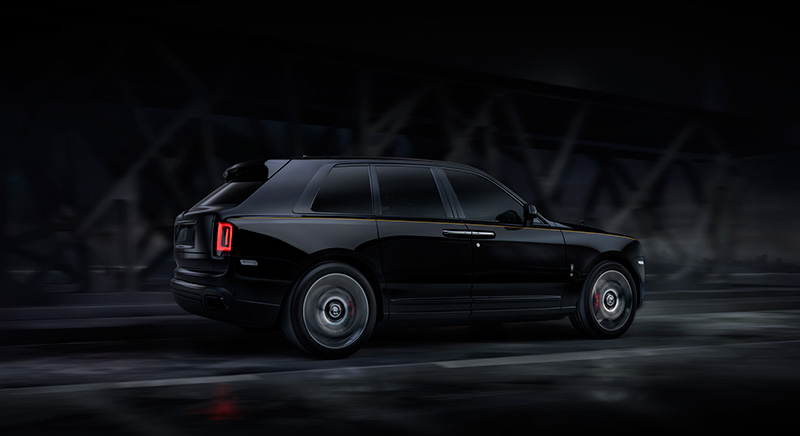
Key to the visceral thrill of Black Badge Cullinan is the Architecture of Luxury, Rolls-Royce’s proprietary all-aluminium architecture that debuted with Phantom. The sub-structure not only delivers extraordinary body stiffness but its flexibility and scalability allowed the SUV to be fitted with all-wheel drive and 4-wheel steering. These dynamic features have been comprehensively exploited and re-engineered for the Black Badge while retaining the peerless quality of ride that has driven Rolls-Royce’s success.
The Architecture of Luxury has been engineered to meet size and weight requirements of different propulsion systems. When the driver presses the ‘Low’ button situated on the gear selection stalk, they unlock Black Badge Cullinan’s full suite of technologies. This is asserted by the proud amplification of the motor car’s 6.75-litre twin-turbocharged V12 through an entirely new exhaust system, announcing its arrival with a deep, authoritative basso profundo.
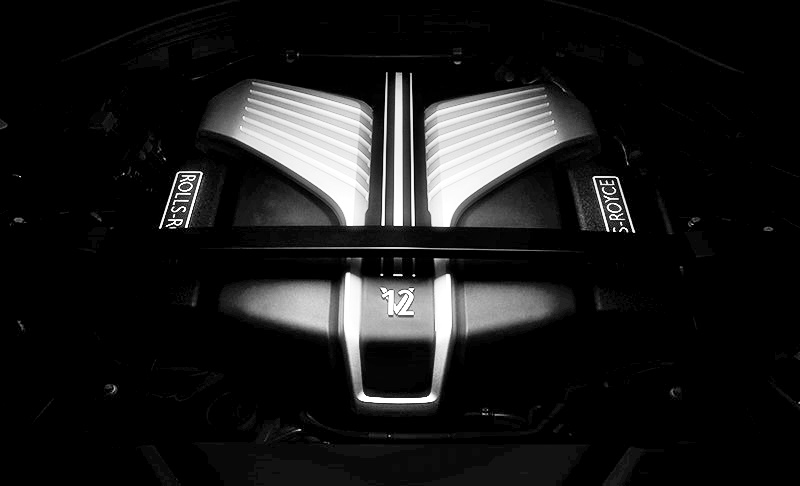
It was deemed unnecessary to make changes to the engine’s ample internal capacity, however the flexibility of the twin-turbo V12 has been exploited to generate an extra 29 ps, creating a total output of 600 ps. The sense of a single, infinite gear has also been sensationalised with the addition of a further 50 Nm of torque, bringing the total to a 900 Nm.
The Black Badge Cullinan gets a Bespoke transmission and throttle treatment that creates a sense of urgency without ever undermining its Rolls-Royce peerage. The drivetrain, ZF 8-speed gearbox and both front and rear steered axles work collaboratively to adjust the levels of engagement depending on throttle and steering inputs. Changes to suspension components and settings add to the suite of dynamic technologies that ensure an appropriate balance between dynamism and refinement. The result is an extremely well-mannered tourer at low speeds and a vivid driver’s device when pressed.
To bolster confidence when exploiting Cullinan’s alter ego, the braking bite point has been raised and pedal travel decreased. Redesigned brake disc ventilation also allows consistency in these changes while braking at elevated temperatures.
The Black Badge Cullinan is priced from RM1.8 million (excluding Malaysian taxes) and can be commissioned through Rolls-Royce Motor Cars Kuala Lumpur.

